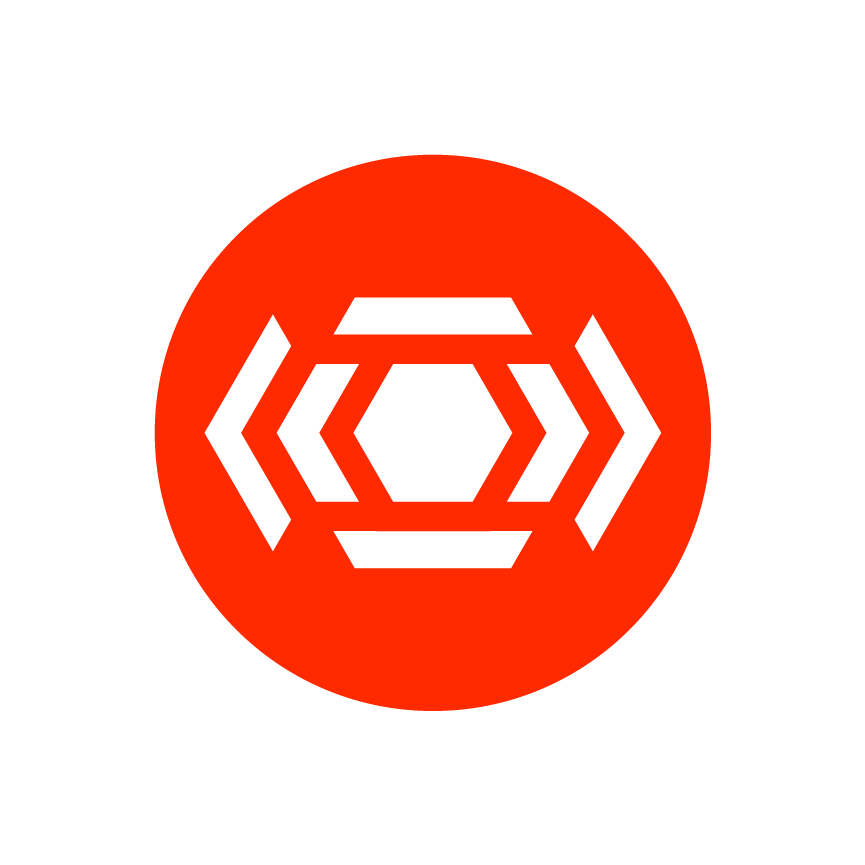Presenting the Linera Whitepaper
Fast and scalable multi-chain programming for the next generation of web3 applications
Continuing to build and grow
Earlier this year, I was pleased to announce that we had received seed funding for Linera. Since then, we have continued to grow our team and our developer community.
Linera was initially inspired by the academic low-latency payment protocol FastPay developed at Meta. With the needs of web3 developers at the forefront, we have continued to push these concepts further. In August, I was invited to present at the Stanford Blockchain Conference. There, I presented the theory behind the Linera protocol for the first time, including the latest developments around the core multi-chain protocol and our programming model.
Together, we have continued to develop the Linera protocol and to build the software infrastructure needed to serve our developer community.
Introducing our whitepaper
Today, we are happy to share the Linera whitepaper. Building on several years of research and catalyzed by the momentum we’ve had this year, we share with you our latest thinking behind the core protocol and its future applications.
The scalability problem
Web3 has greatly expanded creative possibilities for developers and users. However, developing web3 applications with a seamless user experience is currently challenging. One of the issues is reliability and responsiveness at scale: when users are trying to send too many transactions, traditional blockchains are limited by the size and rate of blocks, and may stop responding or demand punishing fees.
In response to this challenge, developers of web3 applications have traditionally handled complex failure scenarios behind the scenes to mitigate the limitations of blockchain infrastructures.
Towards fast and scalable multi-chain programming
Instead of taking an incremental approach, we’ve taken a step back and designed a layer-1 blockchain infrastructure that scales from the start.
What makes Linera scalable?
Linera introduces the idea of operating many chains (potentially millions) in parallel in the same set of validators. We call them microchains. In Linera, scalability is obtained by adding chains, not by increasing the size or the rate of blocks. We encourage users to operate their own microchain. When microchains are operated by a single user, Linera uses a simplified mempool-free consensus protocol inspired by reliable broadcast. Reducing block latency is important to make Web3 applications more responsive.
How do microchains and validators work together?
In Linera, a validator is an elastic web2-like service that validates and executes all the chains. We call this the integrated multi-chain approach. The number of microchains present in the Linera system is meant to be unlimited. This is possible because only the chains being actively extended with new blocks require work from validators. Microchains communicate with each other using asynchronous messages. This is done efficiently by leveraging the internal network of each validator.
What happens when high demand requires peak performance?
During times of high demand, validators can scale elastically by dividing their workload between as many internal workers (aka shards) as needed. In Linera, sharding is internal and not visible to end users.
What opportunities does this multi-chain programming model enable?
The state of Linera applications is typically distributed across chains. For the first time, a variety of web3 applications have the opportunity to scale elasticity by taking advantage of inexpensive and efficient multi-chain architecture. Thanks to the integrated multi-chain approach, applications may coordinate and be composed across chains using fast asynchronous messages. In addition to responsiveness, Linera’s low block latency is also crucial for application composability: it allows receivers of asynchronous messages from another chain to quickly answer by adding a new block.
How does the system manage security and decentralization?
Compared to traditional multi-chain systems, a benefit of running all the microchains in the same set of validators is that creating chains does not impact the security model of Linera.
Linera relies on delegated proof of stake (DPoS) for security. Each microchain can be separately executed on commodity hardware. This allows clients and auditors to continuously run their own verifications and hold validators accountable.
Building on Linera
We want to make it as easy as possible for developers to build on Linera. The programming model of Linera does not depend on a specific programming language. After careful consideration, we’ve decided to concentrate our efforts on WebAssembly (Wasm) and Rust for the initial execution layer of Linera.
Creating new possibilities
By making multi-chain programming fast and scalable, Linera introduces a paradigm shift comparable to the evolution of databases from SQL to NoSQL, paving the way for the next generation of web3 applications. We are excited to see how developers take advantage of this unique architecture and performance capabilities.
To dive into the technical details of Linera, the full version of the whitepaper is available for download. For the latest updates on the project, including the availability of our Devnet, follow us on Twitter and sign up for our email newsletter. Join our Telegram channel for announcements and to participate in our discussion group. We look forward to hearing more from you about how our infrastructure can support what you build next.
–Mathieu Baudet, Founder and CEO of Linera


